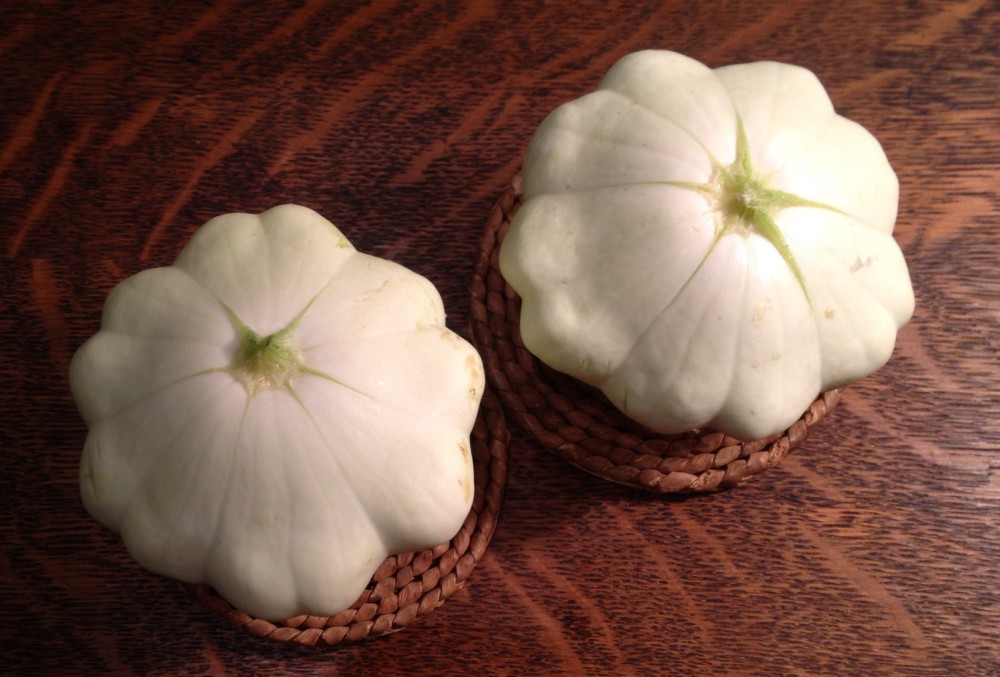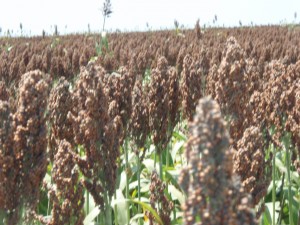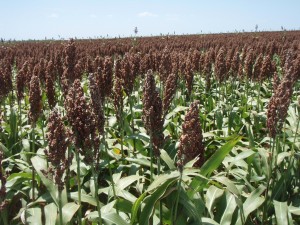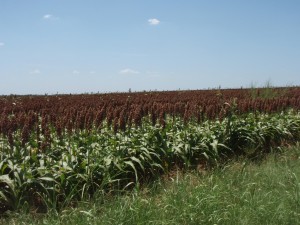A Terrific Thursday,
Last weekend, Uncle Joe and Brother Charles started harvesting the milo. What is milo and why do the brothers grow and harvest milo?
In the United States, milo, which is also known as grain sorghum, is primarily a food grain for livestock. Its feed value ranges from 90% to nearly equal to corn, and it is quite a tasty meal for those hungry critters.
Grain sorghum is a grass derivative similar to corn. The Vavilovian Center of Origin for grain sorghum is Ethiopia. See the article entitled, “Who is Nikolai Ivanovich Vavilov?” at https://www.unclejoestories.com/wp-admin/post.php?post=310&action=edit
Before 1940 milo was 5-7 feet tall, which made it hard to harvest, but the scientists figured out how to dwarf it to 2-4 feet with even more grain on the head. The head is called a panicle, with spikelets in pairs. Here are two pictures from last Saturday showing that spikey old sorghum head:
And, here’s looking at a field of milo near Uncle Joe’s house:
One of the reasons Uncle Joe likes and grows milo is that grain sorghum likes hot weather, which he has in Central Texas. Milo enjoys a day-time temperature of at least 90 degrees Fahrenheit (32 degrees Celsius), and those temperatures are very normal here in June and July. So, milo has a potential advantage over corn in a hot weather region such as Central Texas.
Sorghum is harvested as a standing crop using a combine. Here is a picture of Uncle Joe’s combine leaving the field loaded with milo — see the red grain piled on top (be careful, don’t get too close, it is very itchy stuff, so don’t get it on you):
You can see the standing milo on the right that still needs to be harvested.
You have to be careful harvesting because the sorghum seed is easily damaged. That is why the combine platform is operated as high as possible. After the combine does its work, most of the plant remains standing in the field, with only the heads threshed. In the picture below, the combine has just off-loaded the milo seeds into the grain truck and is turning around. Notice the height of the trimed plants in the back:
And, here is the combine heading back for another load. You can see the complicated head arrangement with all the spinning wires. I bet these help to protect the seeds from bruising during the harvesting operation:
There you have it: a day in the milo fields with Uncle Joe and Charles.
Enjoy your day and may it be productive,
Grandpa Jim






